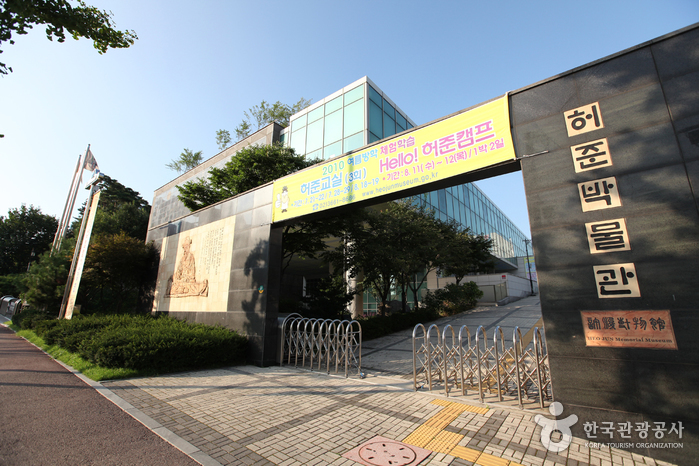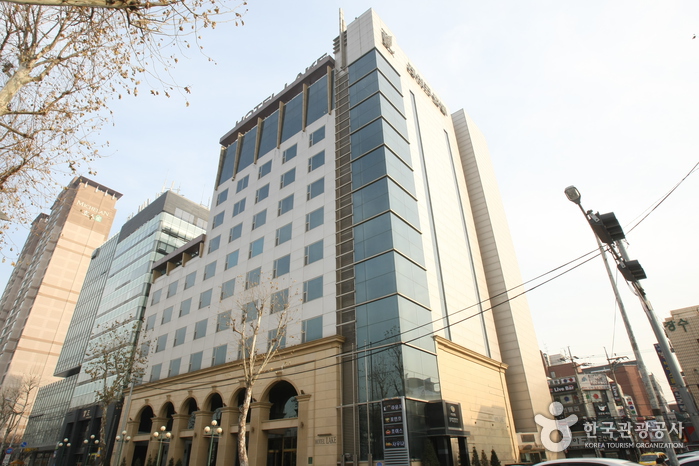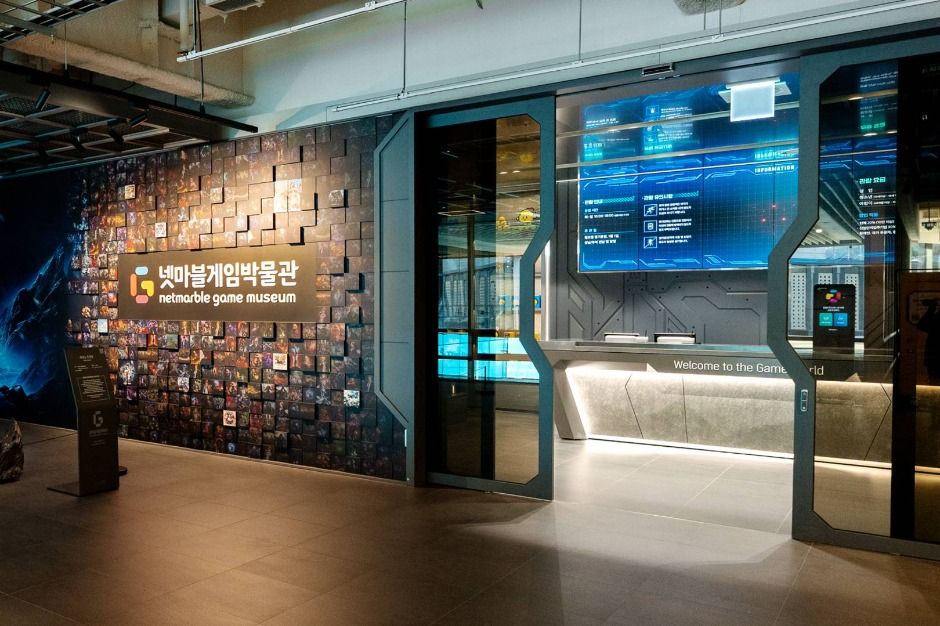Daemun (대문)
11.8Km 2025-05-19
139-6, Sirubong-ro, Dobong-gu, Seoul
Templo Heungguksa en Goyang (흥국사(고양))
11.8Km 2025-11-04
Heungguksa-gil 82, Deokyang-gu, Goyang-si, Gyeonggi-do
Lotte World Tower y Lotte World Mall (롯데월드타워&롯데월드몰)
11.9Km 2024-02-27
Olympic-ro 300, Songpa-gu, Seúl
+82-2-3213-5000
Para los turistas que aman ir de compras, hay un lugar en los alrededores que satisfará todas sus expectativas: Lotte World Tower y Lotte World Mall. El diseño exterior de la Lotte World Tower le llamará la atención: es una combinación de la cerámica y pinceles tradicionales coreanos. Tiene 123 pisos en total. Lotte World Mall, abierto en 2014, está situado junto a la torre y es uno de los atractivos comerciales más importantes de Seúl, con una variedad de marcas nacionales y extranjeras, siendo el más grande de la ciudad. Este complejo ofrece una amplia gama de instalaciones que incluyen un hipermercado Lotte Mart, un centro comercial, una tienda libre de impuestos, un cine y mucho más.
Museo Heo Jun (허준박물관)
11.9Km 2021-08-25
Heojun-ro 87, Gangseo-gu, Seúl.
+82-2-3661-8686
Siendo el primer museo de medicina oriental del país, fue inaugurado el 23 de marzo del 2005. En el piso 1 se encuentran la oficina de administración y otras instalaciones anexas, y en el piso 2 están la tienda de suvenires, la sala audiovisual y el sector de descanso. La mayoría de las piezas destinadas a la exposición están en el piso 3, la sala conmemorativa de Heo Jun, la sala de exhibición de hierbas y medicamentos orientales, la sala de equipos y maquinarias médicas, el área de experimentación médica y las reproducciones de escenas médicas de la Corte Real. En el área de experimentación tendrá la oportunidad de participar en las actividades académicas, envolver los fármacos, realizar consultas médicas para conocer su estado físico, preparar medicamentos, medir la presión y la grasa corporal, etc.
Heo Jun
Personaje de gran importancia en la historia médica de Corea, que corresponde al período comprendido entre 1539 (reinado de Jungjong) y 1615 (reinado de Gwanghaegun). Nieto de Heo Gon, alto funcionario público de la época de Joseon, e hijo del guerrero nacional Heo Ron, nació en la aldea Baekseok, de Neunggok-dong, Paneung-ri, Yangchyeon-hyeon, Gyeonggi-do (actualmente: Deungchon 2-dong, Gangseo-gu de Seúl). Fue el médico más importante de Joseon, que por su conocimiento y técnica de medicina, es considerado hasta hoy en día el mejor profesional de su campo de la historia coreana. También fue quien sistematizó la medicina oriental en el libro Dongui Bogam.
Antigua Casa Kansong (간송옛집)
11.9Km 2025-03-27
Sirubong-ro 149-18, Dobong-gu, Seúl
Daejanggeum (대장금)
11.9Km 2024-07-24
300, Olympic-ro, Songpa-gu, Seoul
+82-2-3213-4534
Daejanggeum serves traditional Korea meals, reinterpreting royal dishes from the Joseon dynasty. Daejanggeum faithfully uses only the best local ingredients to make all their food, from the soybeans used for soy sauce and soybean paste, to kimchi. In addition to the food, guests can enjoy dining with lacquerware from Korea's Holder of Intangible Heritage, Mr. Yi Jin-ho, and forged works by 5th generation blacksmith, Cha Ingyu.
Aquarium de Lotte World (롯데월드 아쿠아리움)
11.9Km 2021-03-25
Olympic-ro 300, Songpa-gu, Seúl
El Aquarium de Lotte World comprende 2 plantas subterráneas en las cuales presenta el ecosistema de animales acuáticos, no solo de agua salada sino también de agua dulce.
Seoul Sky de Lotte World Tower (롯데월드타워 서울스카이)
11.9Km 2025-05-22
Olympic-ro 300, Songpa-gu, Seúl
Seoul Sky, ubicado entre los pisos 117 y 123 Lotte World Tower, es el observatorio dentro de un edificio más alto de Corea y el quinto en el mundo. La vista panorámica de la ciudad de Seúl que se aprecia de día y noche deja sin aliento a cualquiera que lo visite. El observatorio tiene un entrepiso y tiene un Récord Guinness por ser el obsevatorio con el suelo de cristal más elevado del mundo, con una distancia de 478 m entre el observatorio y la tierra. En los días de mal tiempo, se proyecta un vídeo de las vistas claras de la ciudad. En el piso 120 hay una terraza donde disfrutar del panorama con aire fresco. En el piso 123 se localiza el Premium Lounge para los VIP. En este piso también hay un café con refrigerios simples como café, té, zumos, etc. Al salir del observatorio podrá encontrar una tienda de suvenires tematizados con el Seoul Sky con una gran variedad de artículos para llevarse como recuerdos especiales.
Hotel Lake (호텔 레이크)
12.1Km 2025-06-04
216, Seokchonhosu-ro, Songpa-gu, Seoul
Hotel Lake is a lakeside hotel where you can enjoy an extensive view of Jamsil, Sukchon Lake, Seoho, Lotte World and Magic Island. Hotel Lake has windows with an open view, spacious guest rooms and bathing rooms (all rooms have a shower booth, whirlpool bathtub and bidet installed), and an exclusive business center for business men in addition to the installation of wireless internet in all rooms.
Museo de Videojuegos Netmarble (넷마블게임박물관)
12.2Km 2025-05-08
Digital-ro 26-gil 38, Guro-gu, Seúl






 Español
Español
 한국어
한국어 English
English 日本語
日本語 中文(简体)
中文(简体) Deutsch
Deutsch Français
Français Русский
Русский